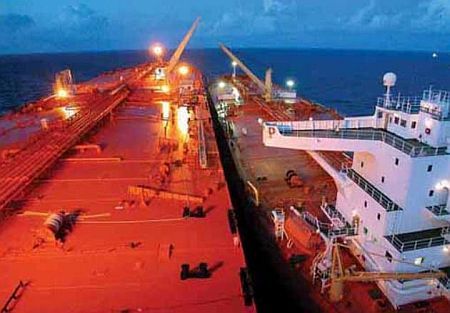
IACS has unanimously adopted new harmonised Common Structural Rules (CSR) for oil tankers and bulk carriers at its 68th session of the IACS Council meeting, held on 18-19 December in London. The new rules will apply to all oil tankers over 150 m and bulk carriers over 90 m in length contracted for construction on or after 1 July 2015.
The CSR will be presented to the IMO which will verify their compliance with the IMO GBS that will be compulsory for new building contracts signed on or after 1 July 2016.
Mr Roberto Cazzulo, Chairman of the IACS Council, said “This is a historic achievement and the culmination of many years of hard work by technical specialists from all member societies and intensive and continuing consultation with industry and authorities at every stage. Together we have invested a huge amount of time and money to develop these rules.”
Among the main benefits of the new CSR: ship designers will be able to work to one common standard applicable to both ship types; more comprehensive structural analyses including FEM calculations covering fore and aft parts; new rule checks including new buckling, fatigue and ultimate strength criteria; all this will enhance safety and reliability of the structure.
“These harmonised rules take into account feedback from experience of the Common Structural Rules, introduced in 2006, and very extensive input from the industry.”
At the same meeting, Council decided to take a proactive approach to structural safety of containerships, following a comprehensive review of existing technical requirements for hull structural design, construction and survey. IACS decided to expand the scope of current IACS unified requirements for post-Panamax containerships. These requirements will cover two important areas: scope of hull girder strength assessment and specific loading cases that will provide more comprehensive safety margins.
“The new IACS unified requirements should be considered as a proactive measure to ensure an acceptable level of consistency amongst all IACS Societies and will ensure that Class and Industry follow a state-of-the-art methodology for structural analysis of post-Panamax containerships.”
We use cookies to improve your experience. By continuing to use our site, you accept our Cookies, Privacy Policy,Terms and Conditions. Close X